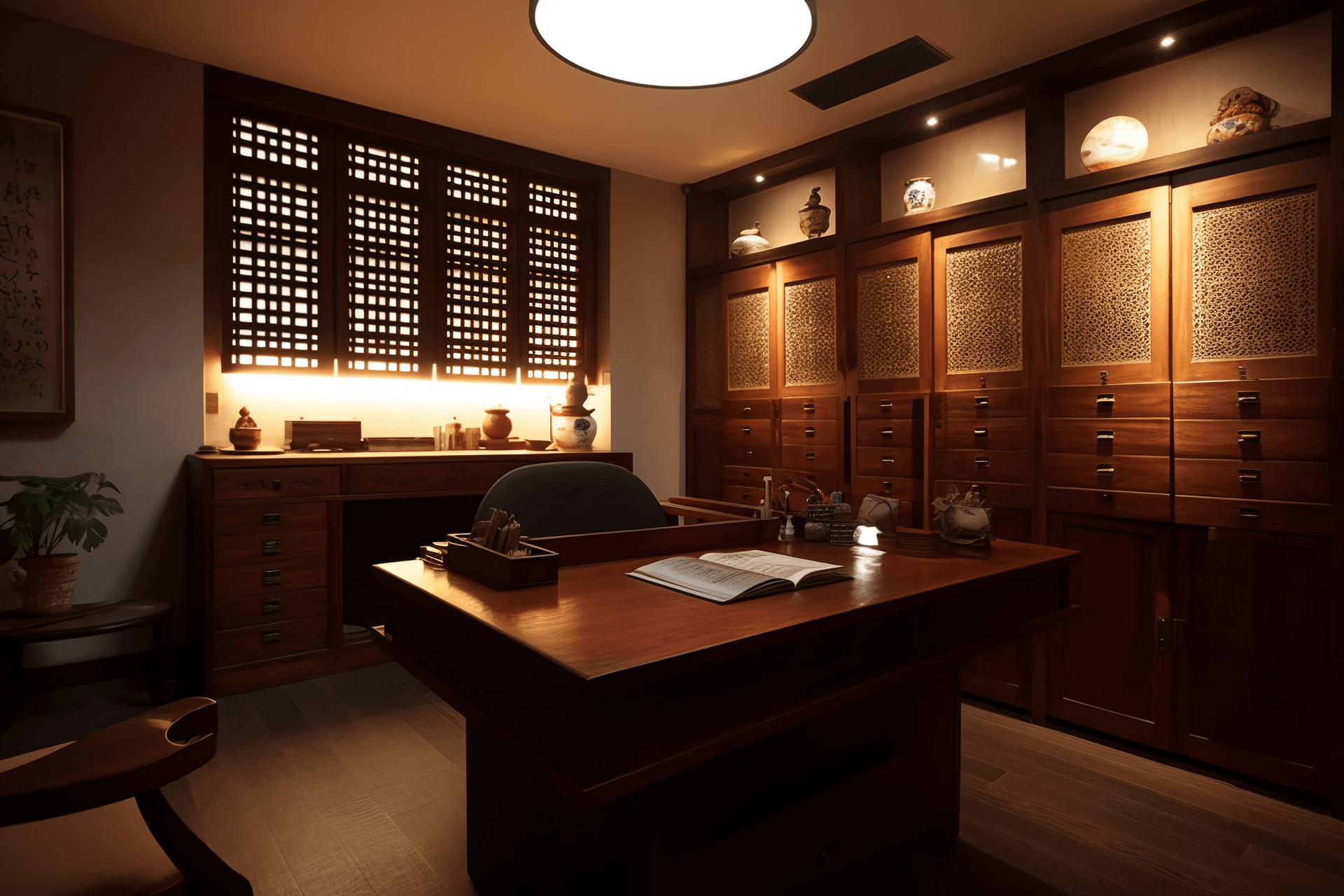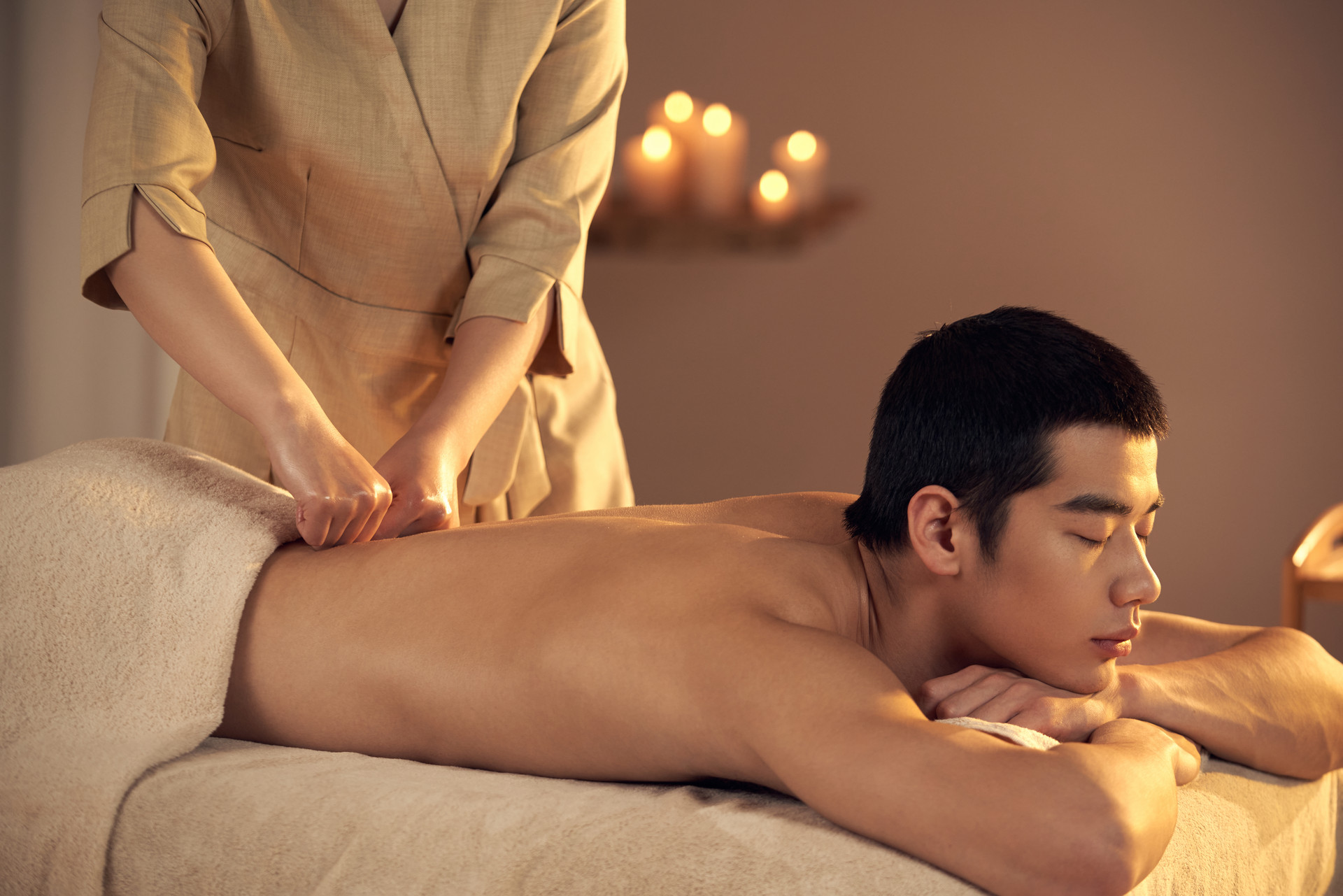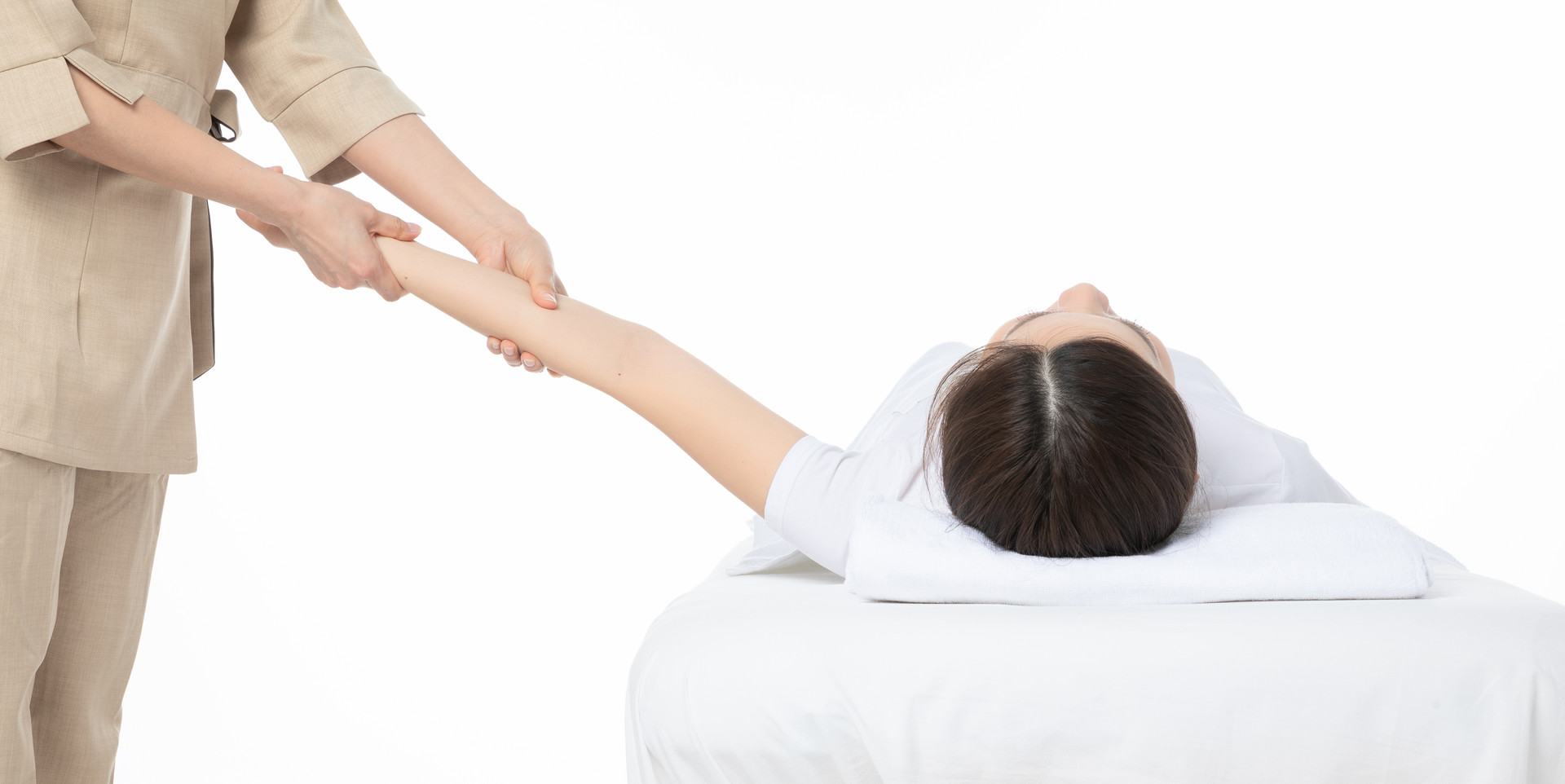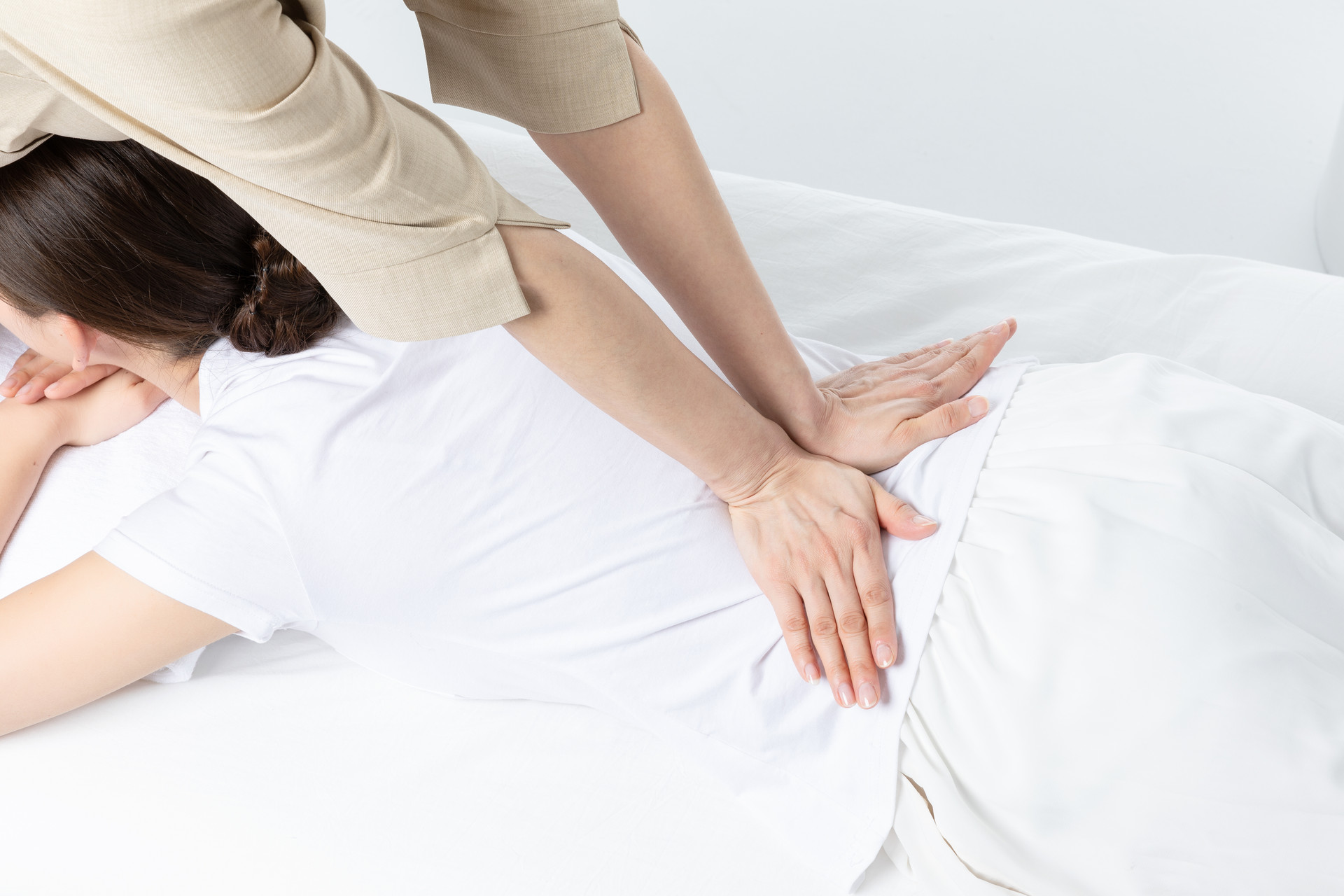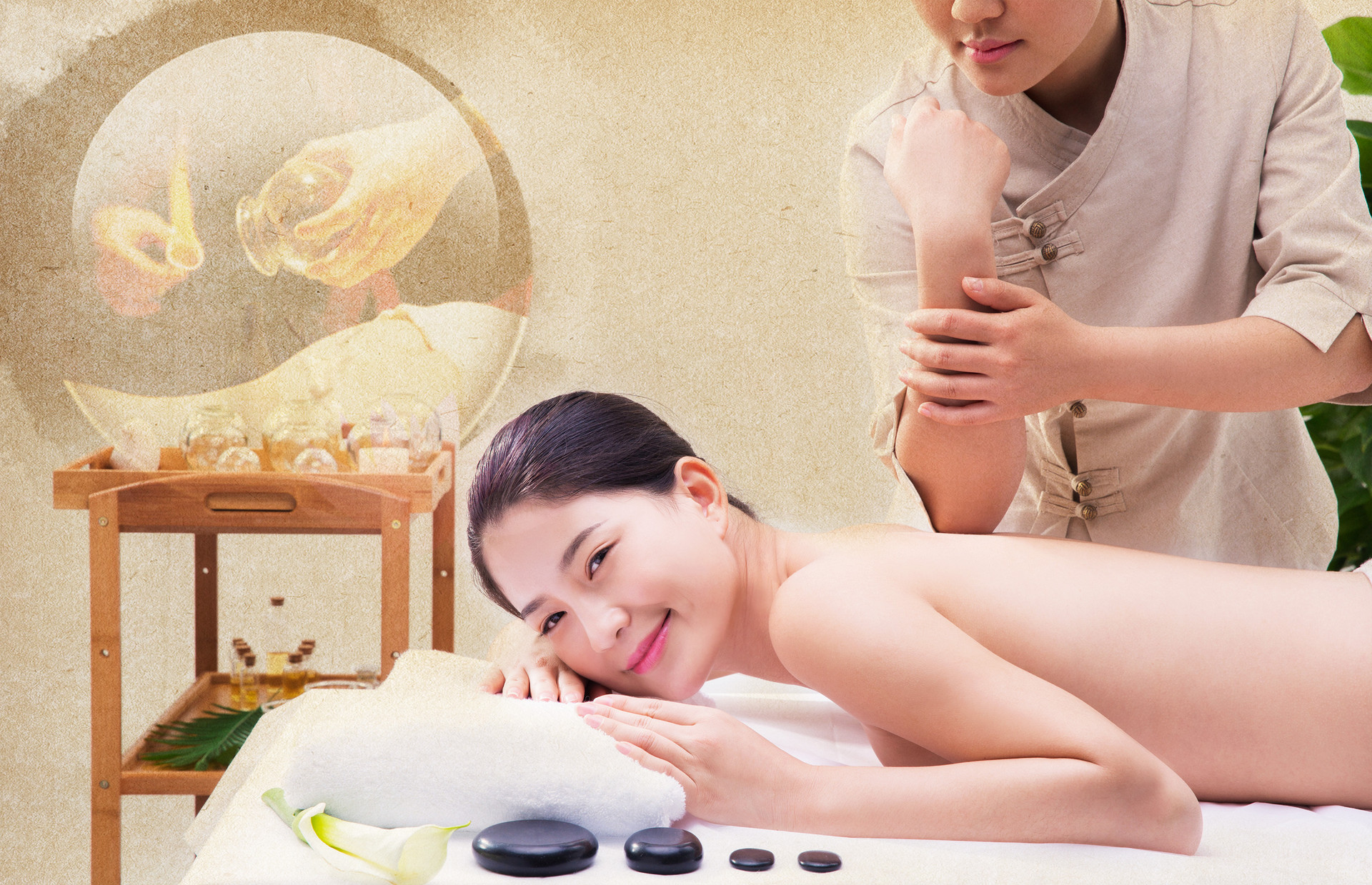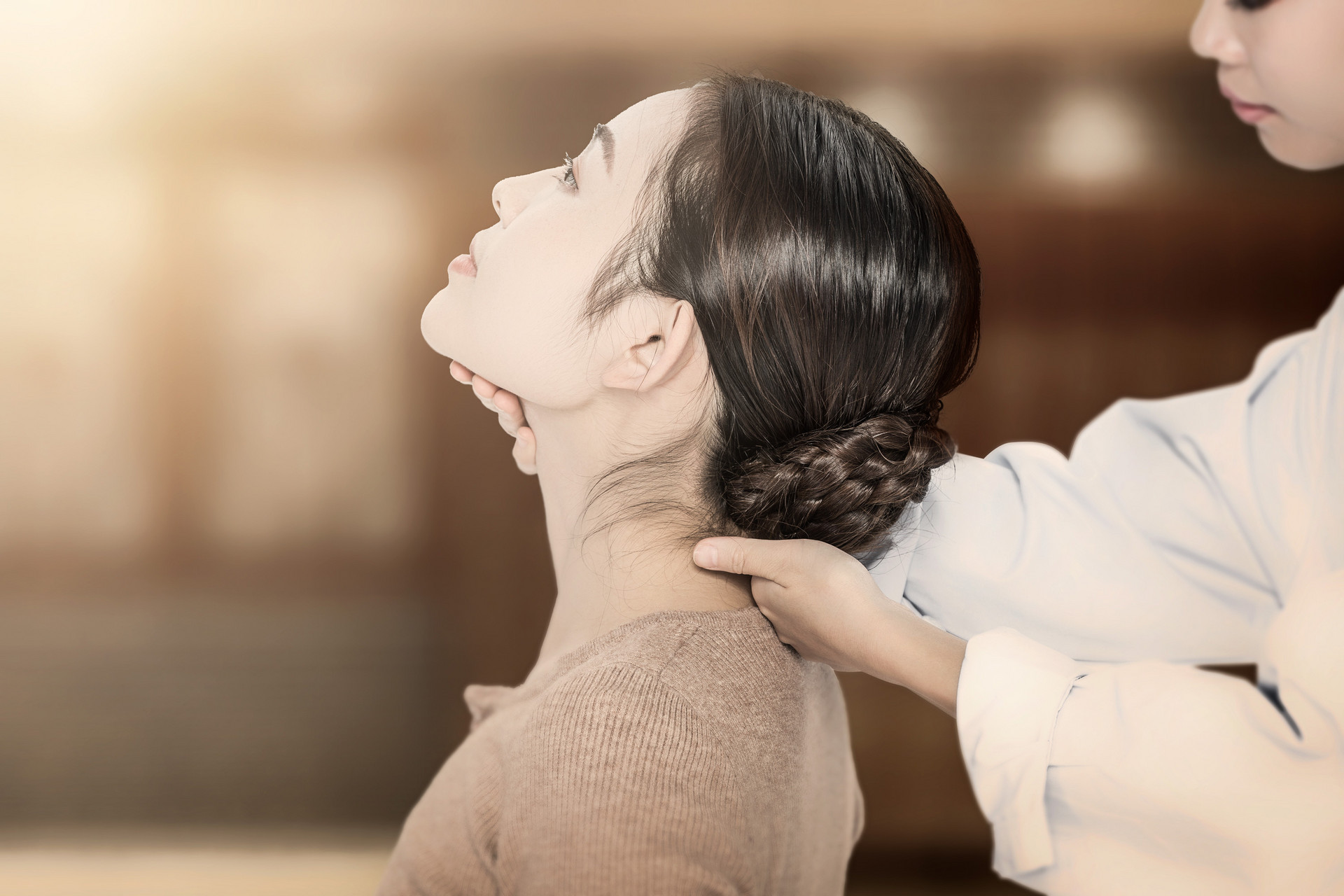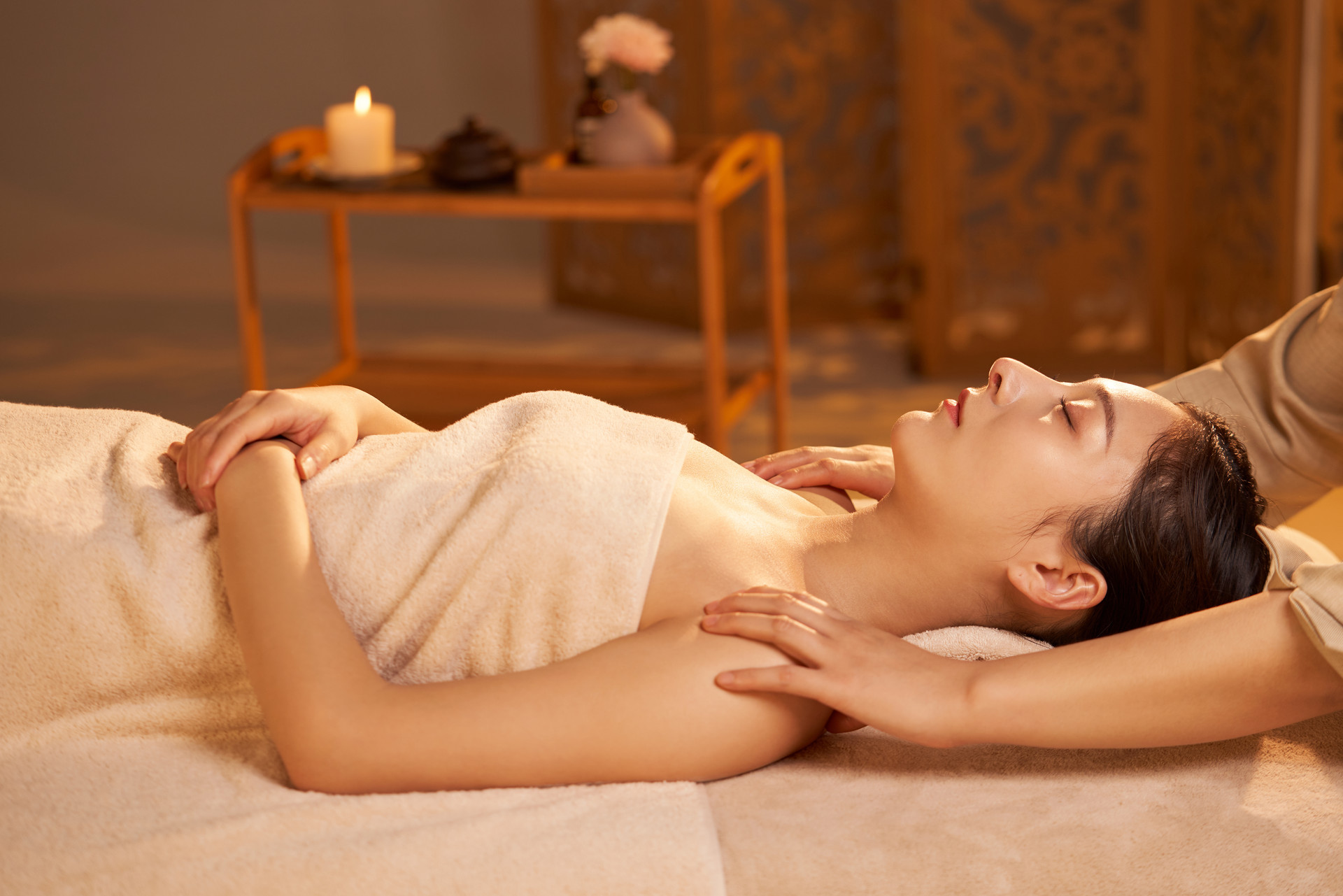Sitting in front of a computer for a long time, we all have the experience of dry eyes and lack of tears. This is because our eyes can become very dry after a long period of time, to the point where we feel like we don't even have tears. We often use "artificial tears" to solve this issue, but traditional Chinese medicine recommends eye massage and hot compress to help you say goodbye to "artificial tears"!
[The drawbacks of "artificial tears"]
Many people have the habit of using eye drops to relieve eye fatigue and consider it as an eye care weapon. However, eye drops are generally not recommended for use unless there is a specific need or treatment for the eyes.
Currently, there are no eye drops that truly relieve eye fatigue. Most of them only serve to lubricate the eyes, and long-term use may cause damage to the eye's surface environment and harm the cup-shaped cells of the conjunctiva. Prescription eye drops should be used with caution.
In general, you can choose to use "artificial tears," such as sodium borate eye drops, polyethylene glycol eye drops, and so on. These types of eye drops are called artificial tears because they mimic human tears and do not contain hormones, antibacterial or anti-inflammatory drugs, making them relatively safer.
Artificial tears should not be stored for too long after opening, and if they have been open for a long time, they should not be used.
Moreover, the frequency of using artificial tears should not be too high, as it may interfere with the secretion of your natural tears. Generally, one or two drops at a time, no more than six times a day, is recommended.
[Massage and hot compress method]
The first step in eye massage or hot compress is to wash your hands. Rubbing your eyes with dirty hands is a recipe for eye diseases. When your eyes feel tired, you can do eye exercises or gently place your warm palms on your eyes, repeating 5-10 times. This method is very effective in relieving eye fatigue. Give it a try!
[Can the "eye protection mode" in smartphones relieve eye fatigue?]
Nowadays, many smartphones have an eye protection mode that shields blue light and adjusts screen brightness to reduce the amount of blue light. However, turning on the eye protection mode does not mean that your eyes are not being harmed. Its ability to protect the eyes is relatively limited.
Eye protection mode can reduce blue light to a certain extent. It mostly achieves this by adjusting screen brightness and contrast, making the screen content appear softer and providing relative comfort to those who already have dry eyes and eye fatigue. However, prolonged use of smartphones can still cause irritation and damage to the eyes from other light sources, leading to dry eyes and eye fatigue.
Especially when the lights are off, the light emitted by the smartphone screen is more likely to cause damage to the fundus of the eye because the pupils are dilated at this time. As for anti-fatigue blue light glasses available in the market, they may be helpful in preventing some diseases of the fundus, but there is no evidence to suggest that they can prevent dry eyes and eye fatigue.



